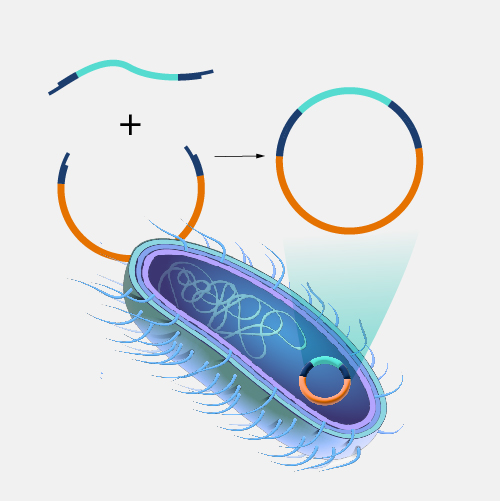
Centimorgan (cM)
Definition
A centimorgan (abbreviated cM) is a unit of measure for the frequency of genetic recombination. One centimorgan is equal to a 1% chance that two markers on a chromosome will become separated from one another due to a recombination event during meiosis (which occurs during the formation of egg and sperm cells). On average, one centimorgan corresponds to roughly 1 million base pairs in the human genome.
Narration
Centimorgan. People can think of a centimorgan as a unit of distance. Yet, in the strictest sense, it's not, really — it's a measurement or rate of how often something occurs. In this case, recombination or the exchange of DNA during meiosis. The greater the distance between two genetic markers — let's say its two genes — the higher number of physical opportunities for the exchange of DNA to occur. So you have a higher frequency of recombination and a higher number of centimorgans between the genes. Fun fact: centimorgan is named after Thomas Hunt Morgan, an American geneticist who worked on fruit flies, a commonly used model organism for genetic research.





